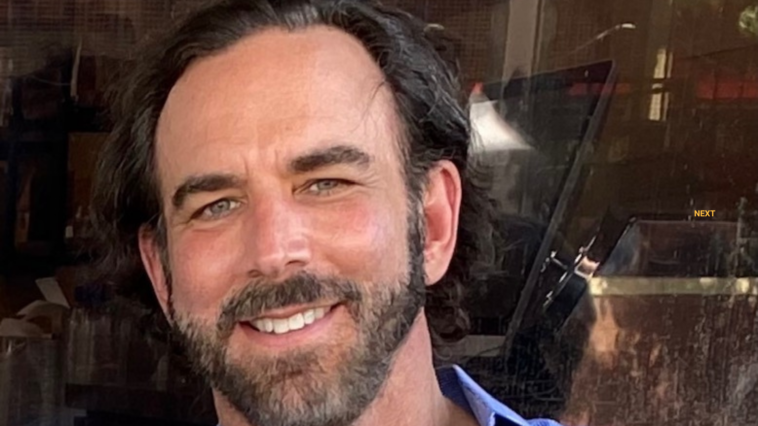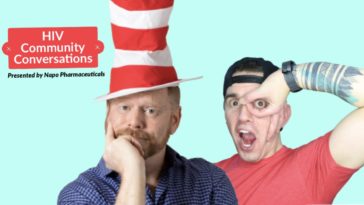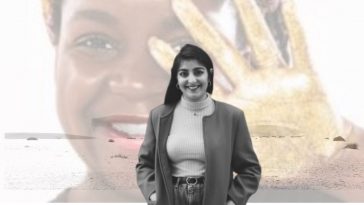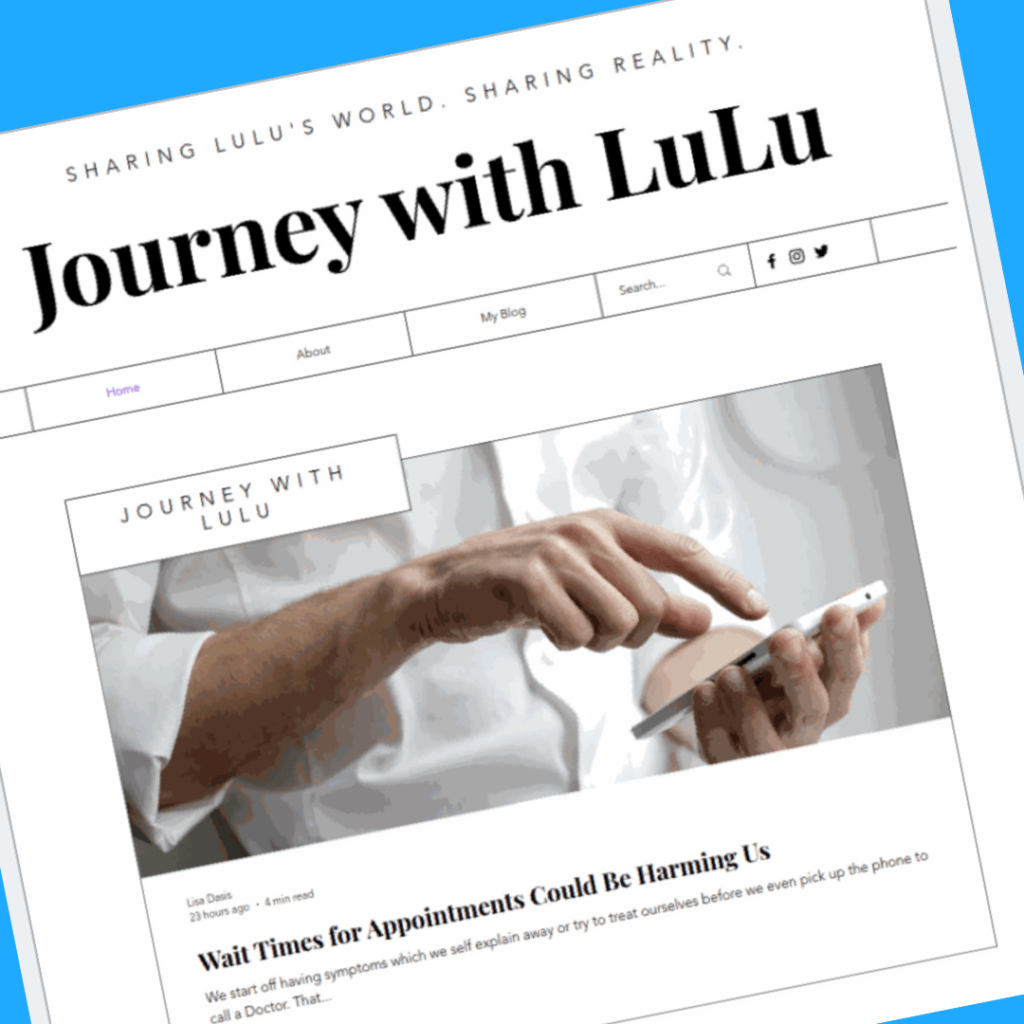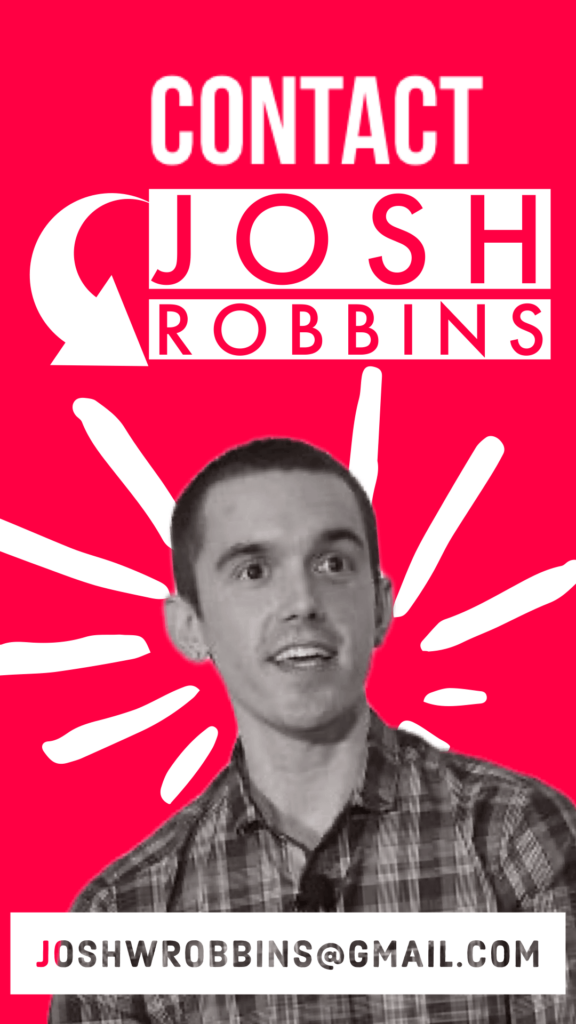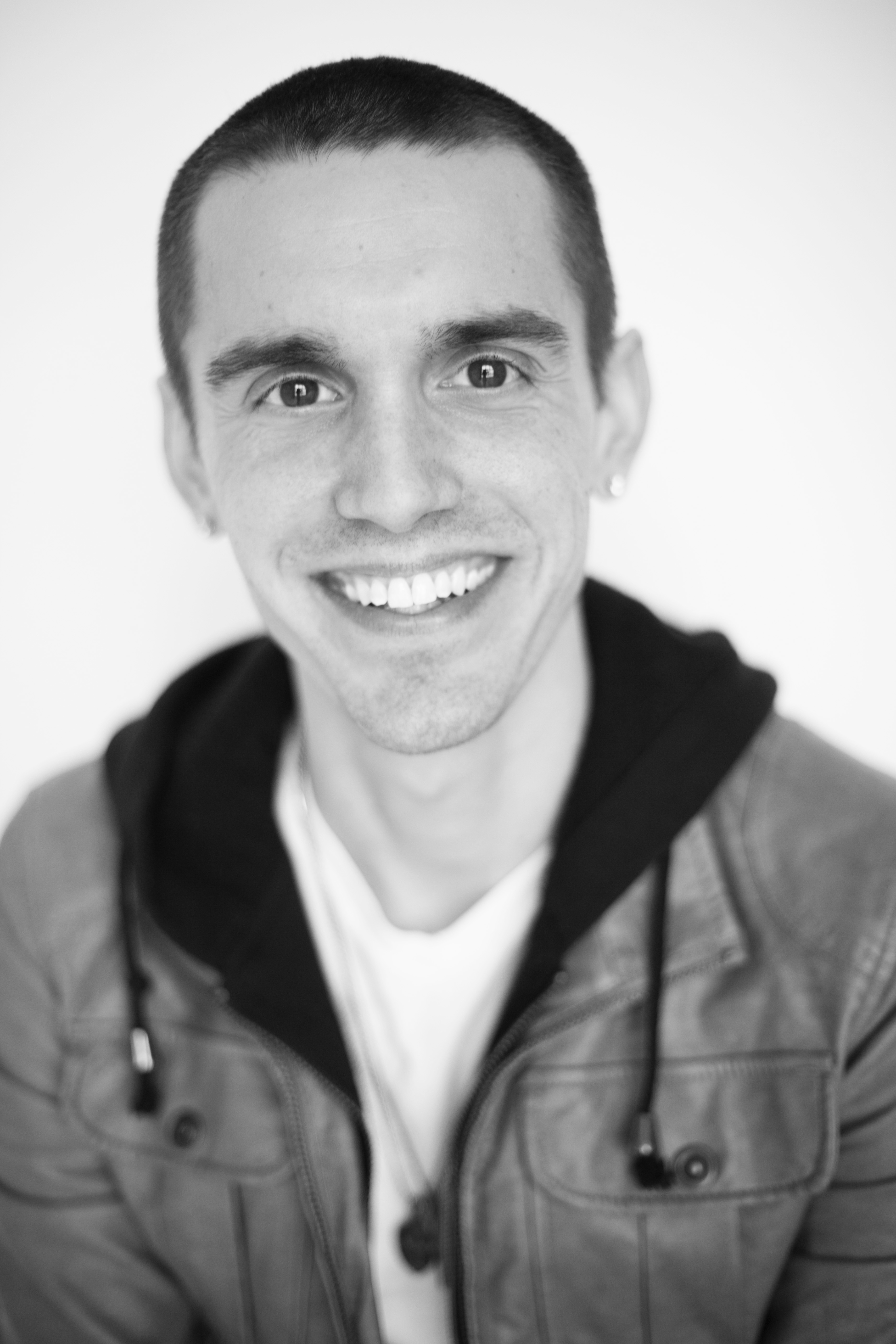Bruce Richman is no stranger to this HIV blog or any global HIV publication for that matter. And why would he be, anyways? He is the founder of the U=U movement that according to Prevention Access Campaign‘s website, “1,050 organizations from 102 countries have signed on to share the U=U message in ways that work for their communities.”
And we are so thankful for Bruce. He has led a difficult at times movement of advocates then organizations, and government bodies to finally tell people living with HIV the truth about our bodies, our viral loads, and if we are infectious. The truth here has little to do with sex. It’s about the truth. And Richman made it possible for us to know the truth.

As we begin to celebrate 5 years since the undetectable equals untransmittable movement launched, imstilljosh.com asked Richman to reflect on the past 5 years and to look forward for himself, the movement, and the entire HIV community.
THE BRUCE RICHMAN INTERVIEW
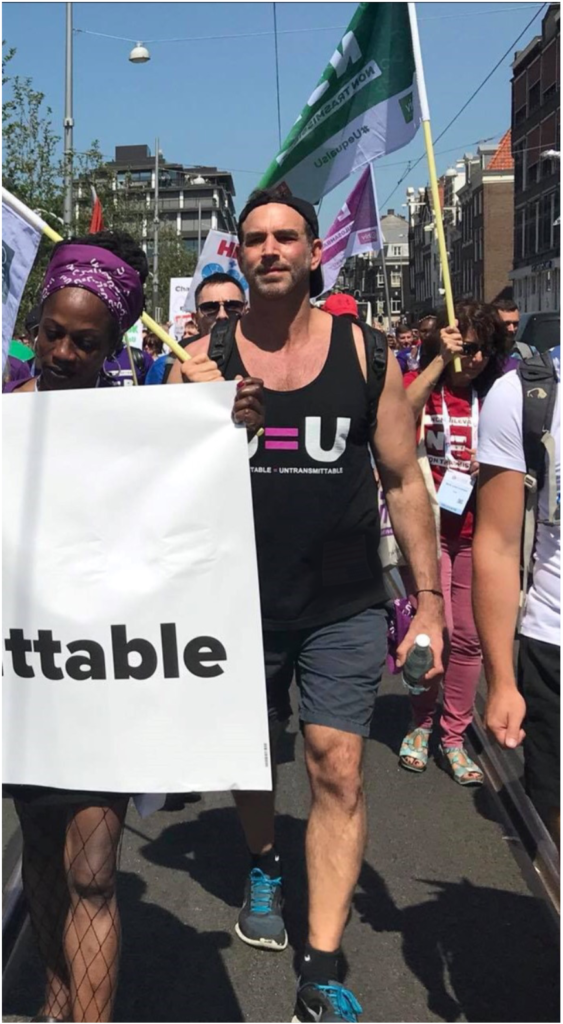
Josh Robbins: It’s been 5 years since U=U launched. Where does the movement stand today?
Bruce Richman: Yes! It’s incredibly inspiring! We accomplished our first goal to officially change the assessments of risk. U=U activists, researchers, public health officials and other allies worked hard to confirm U=U by securing endorsements from the worlds’ leading medical, scientific, and public health institutions.
Today, U=U stands strong, led by a global community and publicly endorsed by the field’s most influential organizations including the WHO, UNAIDS, HHS, NIH, CDC, CDC Global and health ministries worldwide. PEPFAR requires U=U education in all 50+ PEPFAR countries. Recently, the United Nations General Assembly issued a Political Declaration on HIV/AIDS, encouraging countries to leverage U=U to fight stigma and discrimination. You can’t get much higher than that. I think the next step is Beyonce. LOL.
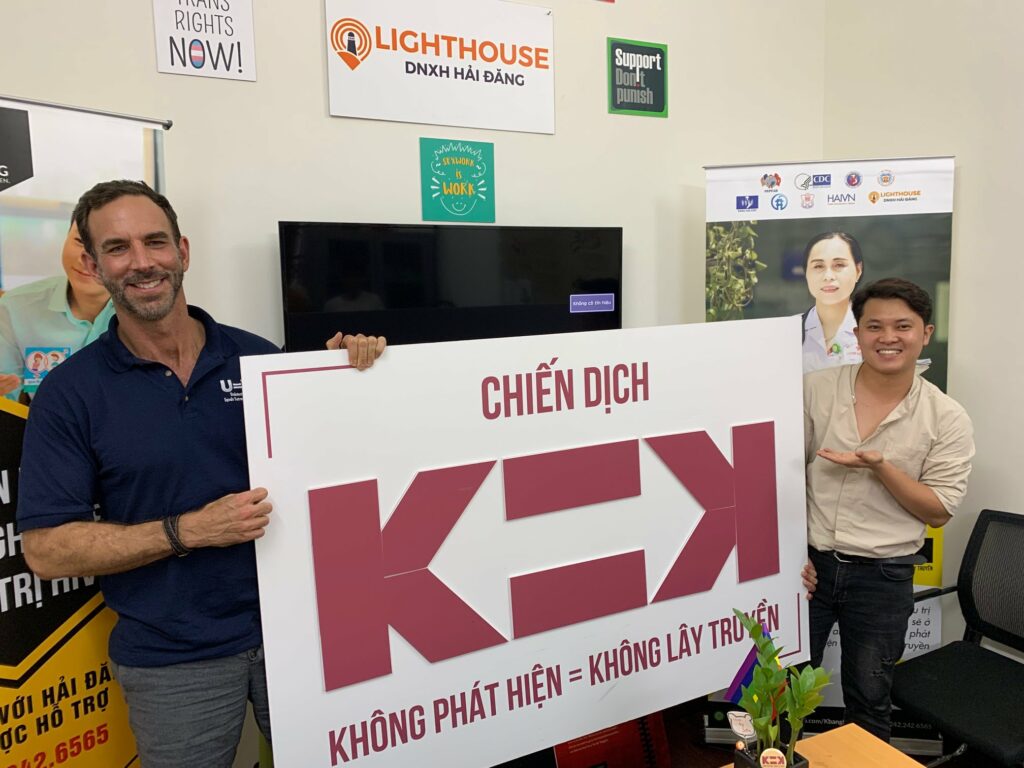
There’s also groundbreaking U=U research like the Positive Perspectives Wave 2 study that shows that when healthcare providers inform patients about U=U they report greater viral suppression, adherence, sexual health, mental health, overall health, and comfort sharing their HIV status than those who were not informed. And a recent study showed that U=U messaging in HIV testing outreach increased testing rates among men in South Africa.
To sum it up, there’s overwhelming proof and endorsements of the U=U science and growing data showing the impact that U=U education can have on personal and public health. A strong community-led movement of 1050 official partners in 102 countries on every continent has committed to sharing the information. So, the movement is very well positioned for the next phase: to collaborate with global partners to ensure that the U=U science is integrated into treatment policies and guidelines, public health communications, clinical work, and advocacy.
The energy continues to grow because of the people with HIV and people who care about us who are speaking the truth with tremendous conviction and courage. It is breathtaking.
The energy continues to grow because of the people with HIV and people who care about us who are speaking the truth with tremendous conviction and courage. It is breathtaking. – Bruce Richman
Reflections of 5 Years of U=U
JR: What’s been the greatest joy in the past 5 years for you as the leader?
BR: There have been so many. The movement, even during the most difficult years as you remember, has been the most joyful experience of my life.
Sharing this message for the first time with people with HIV is pure bliss. I hope everyone in our field can experience that moment. Even though I’ve been sharing this news for five years, it’s always emotional for me, and I’m usually in tears of understanding. One of my most vivid memories is from the Opening Doors conference for people with HIV in Canada in 2017. Brigitte Charbonneau who was 70 at the time, stood up and said, “is it true?” I said, “yes, it’s true” “Is it really true?” “Yes!” — we both started crying. She’d been using condoms with her husband for twenty years and always felt fear of passing on her HIV. She’d never been intimate with him without fear. So, of course, she called her husband right away and went home!
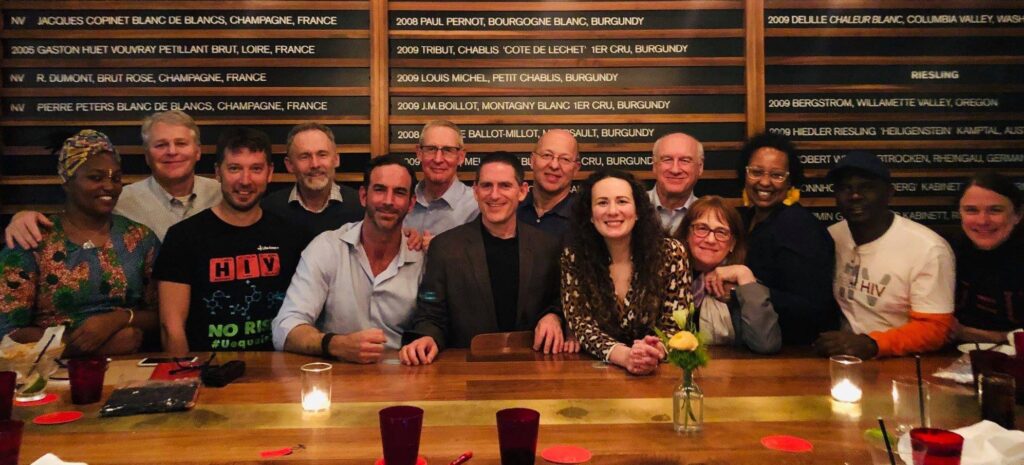
Brady Dale Morris, Marci Egel-Guzowski, and other folks I’ve met along the way say that U=U has enabled them to get married. Others are dating, in relationships, and so many people with HIV are having sex without fear for the first time in years. Claire Gasamagera points to her beautiful boys as U=U babies, and I’ve seen U=U tattooed on bodies around the world
It feels profoundly meaningful to be a part of something so beautiful, much bigger, and more important than me.
And I’m in awe of the people in this movement from every conceivable background. Many are community activists, and others are from NGOs, research, medicine, and public health. Remember, I didn’t risk anything when I started speaking out about U=U. I was an unknown outsider with HIV who had no stake or standing in the field. Other folks had the conviction and courage to risk their personal and professional reputations. Some actually risked their lives. They spoke out radically against the established ways of thinking, which meant being judged and criticized by their colleagues, bosses, doctors, communities, and the entire field! And they won. They are changing lives by changing the narrative about our bodies – city by city, country by country. This is their victory. I don’t feel like the leader; they’re all leaders. I feel I’ve had the honor to be a part of their movement.
The Gaps To Fix With U=U
JR: What’s missing still?
BR: There’s a tremendous amount of work to be done with many gaps and inconsistencies in messaging, clinical communications, and advocacy work.
For instance, we’re noticing that some global and national end the epidemic strategies and advocacy for access to treatment and care leave out the U=U public health argument.
US leaders issued a call to action in The Lancet, which describes the public health argument:
“Advocates should be equipped to use the so-called public health argument from U=U in advocacy to increase access and remove barriers to quality health care; ensuring people with HIV have the treatment and services they need to achieve and maintain an undetectable viral load not only saves lives, but also is an effective way to prevent new transmissions.”
(Call to action: how can the US Ending the HIV Epidemic initiative succeed? Chris Beyrer, MD, MPH Adaora Adimora, MD, MPH; Sally L. Hodder, MD; Ernest Hopkins; Greg Millett, MPH; Sandra Hsu Hnin Mon, MSPH; Patrick S. Sullivan, DVM, PhD; Rochelle P. Walensky, MD, MPH; Anton Pozniak, MD, FRCP; Mitchell Warren; Bruce Richman, EdM., JD; Raniyah Copeland, MPH; Kenneth H. Mayer, MD – February 18, 2021)
We need to make this connection as straightforward as possible. We’re not there yet.
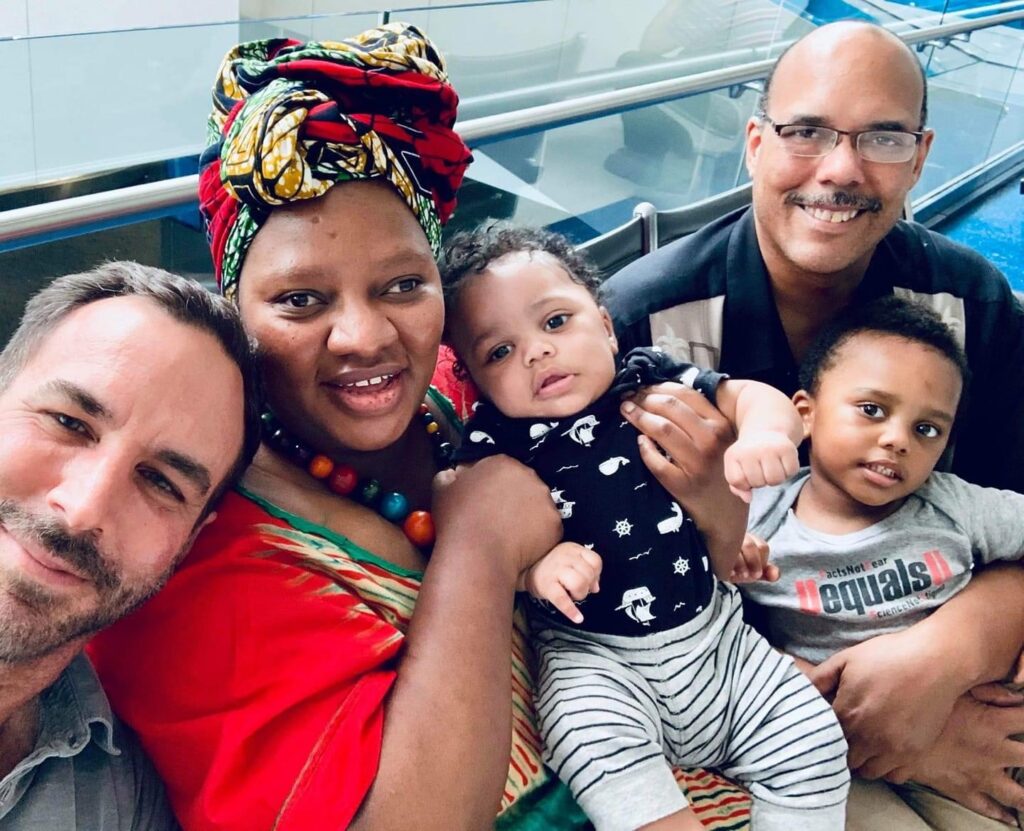
Many of the strategies and other related public advocacy documents and videos call for equity and universal access to treatment and care to improve the well-being of people with HIV and based on our right to healthcare. Personal health and rights-based approaches are critical to inspire activism. That’s why we started U=U.
But I don’t know when we’ll be at a place where policymakers and world leaders value the well-being of people with HIV. And, as of now, there are many parts of the world where healthcare is not yet a human right. So we need to keep fighting, and I hope we will get there.
In the meantime, when we advocate universal HIV treatment and care, we must clearly and repeatedly show how it addresses the interests of policymakers to prevent HIV and end the epidemic. When we call for access to treatment as part of ending the epidemic goals, we need to be clear that treatment not only keeps us healthy, but it also prevents new HIV transmissions. Dr. Fauci calls U=U “the foundation of ending the epidemic.” Along with PrEP we can get there. But if we advocate for HIV treatment and care only from the personal health and rights-based approach or minimize the public health argument, we’re wasting opportunities to meet our interest to improve the lives of people with HIV.
We’ve also been disappointed to see major campaigns explain how HIV has changed with phrases such as “it’s not a death sentence”, “people with HIV can live long healthy lives” and that “we still need to end the stigma” without sharing the news that people with HIV on effective treatment can’t pass it on. C’mon folks! It takes less than ten seconds to add in!
I think we need to really reconsider the messaging we’ve been using and recycling for many years. We now have dramatically transformational news with U=U, and we need to use it.
We now have dramatically transformational news with U=U, and we need to use it. – Bruce Richman
JR: If you could clear up one misconception of the movement, what would it be?
BR: There is a common misconception that U=U doesn’t benefit people with HIV who are struggling with the social, structural, and legal barriers to treatment and care. Folks, especially in the US, are often reluctant to educate about U=U because of this concern.I can understand how on the surface it might seem that knowledge about the prevention benefits of treatment wouldn’t help someone who has no access to that treatment.
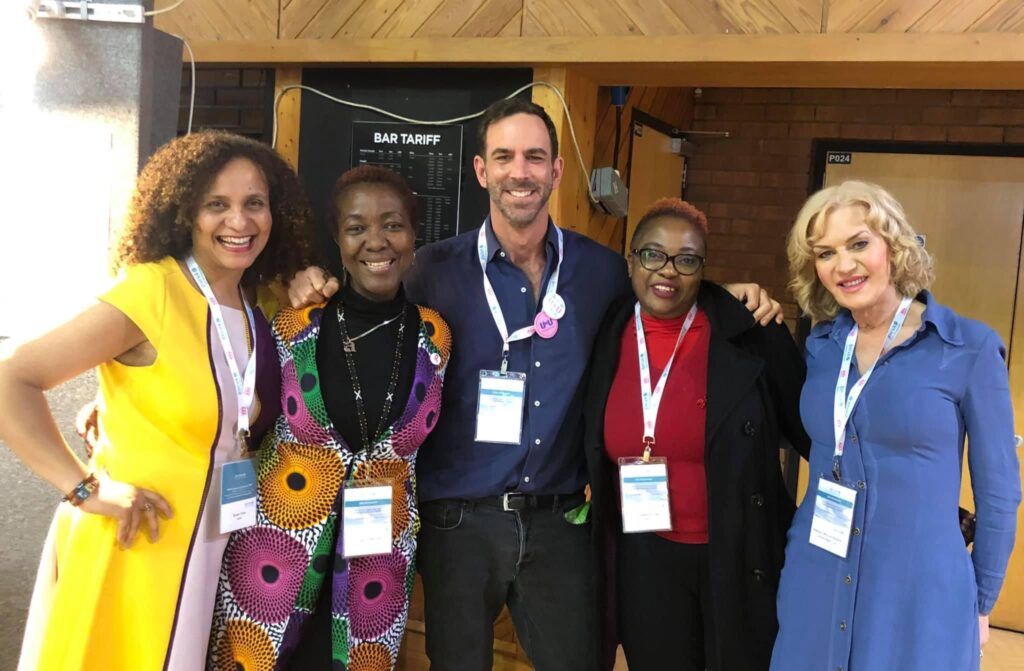
When you think about it, the U=U public health argument is the most crucial development in our advocacy to increase access and remove barriers to treatment and care. Because when people with HIV have the treatment and care that we need to stay healthy, we also can’t transmit HIV. Suppose policymakers are well informed about the public health argument. In that case, they will make decisions about budgets and programs to provide life-saving services to people with HIV based on end-the-epidemic and public health goals.
Unfortunately, this is still not well understood or utilized as a leading point in advocacy. This underscores how important it is to promote better understanding of the U=U public health argument and how to communicate it effectively in advocacy.
We’ve also seen U=U benefit people not on treatment or struggling with adherence and who have risen from depression and isolation because they’ve learned about U=U. They feel renewed. They feel more hope. They rise as activists to demand treatment and viral load testing. It can be inspirational and aspirational. There’s an M=M (U=U) campaign for the Warao, the oldest indigenous tribe in Venezuela, where access to even basic necessities is limited.

There will continue to be many misconceptions about U=U and the innovators who talk about it. Humans are hardwired to resist change even when it may be good for us and the communities we serve. People seek out data to confirm old ways of thinking and behaving. Some of the data is valid and, other times, it is non-existent.
So, we all need to be critical of the critiques of U=U. We encourage folks to be bold and keep talking about U=U in inclusive and conscious ways. Recognize that no one with HIV is a danger regardless of viral load – there are still condoms and PreP in some parts of the world. We need to keep educating about U=U and using it in our advocacy to ensure no one is left behind.
The Success of A Global HIV Movement
JR: What’s the prize? When will you say this was a success?
BR: Our first phase was a success. U=U is fact. You can turn to any of the most influential organizations in our field, and it is supported. Even the community movement behind U=U is acknowledged in some official documents.
The next phase will be a success when U=U or related language is institutionalized in the medical and public health establishments of the majority of the 102 countries where U=U has partners. This will provide much-needed backup for our in-country partners to integrate U=U into their treatment policies and guidelines, public communications, clinical work, and advocacy.
The prize will be when all people with HIV have access to quality healthcare to stay healthy and live free of the stigma and fear of passing on HIV.

Looking Back On The Fastest Growing HIV Movement Globally
JR: And do you have any regrets? If so, what are they?
BR: I regret that I let my emotions take over too much. During the first few years, I was consumed by outrage about how people with HIV are exploited and devalued in this field, especially people already marginalized by healthcare systems worldwide. And I was genuinely dumbfounded by the many ways people would undermine the campaign and message, even when it was in their best interests.
There can be a lot of horizontal hostility in social justice movements, and I would take it home with me, which was easy since my office was my studio apartment! I spent too much energy trying to listen and understand every criticism of U=U, particularly in the US, instead of listening selectively to the folks whose opinions really matter.
I let the anger and outrage repeatedly burn me out. I’d wake up and go to sleep ready to fight. It wasn’t helpful personally or professionally. My ex-boyfriend and staff really helped me, called me out on it, and hold me accountable now.
I’m still working on it. I’m an emotional and passionate person, and the abuses I observed and felt are still going on, but I hope I’m working toward change in ways that will be more effective and healthy for the movement and me.

Looking Forward for U=U for 5 More Years
JR: In 5 years, where should this movement be? What’s in store?
BR: In five years, the community-led movement will be strengthened and well organized. It will have institutionalized U=U in the majority of our 102 countries and other countries where new partners are based.
By institutionalize, I mean the U=U science, not necessarily the slogan, will be integrated from the grassroots to government. For instance, health ministries will update treatment guidelines (like the US, Brazil, Canada, Australia, Vietnam, England); HIV medicine associations and education establishments will teach about and require HCP/ patient U=U communication (like ASHM, IAPAC, and British HIV Association); public health campaigns will feature U=U related messaging (like Terrence Higgins Trust, Lila; ACT Up Dublin; CATIE; NAM aidsmap; ViiV Healthcare; Gilead Sciences; AIDES, Love to Love Organization and so many more); grantmaking organizations will require U=U education (like PEPFAR and Washington DC Department of Health); journalists will be trained in the new reality of HIV including U=U and PrEP (like HIV Ireland, CDC Vietnam, US Embassy in Nigeria); advocacy groups and global advocacy communications will prominently put forth both the personal and public health rationales for ending inequity and barriers to care (like ICASO); and PLHIV groups will be organized, actively leading the global and national movements and holding community and governmental organizations accountable (like VNP+ in Vietnam; TIM in Australia; Positively UK in the UK; Phenomenally Positive Youths in Zambia). There are so many more excellent examples!
That seems like a moon shot in five years, but we’ve already seen national U=U rollouts in countries like Vietnam and Zambia and many meaningful community driven initiatives worldwide. We’ll be successful if our most influential global allies like PEPFAR, WHO, UNAIDS, CDC, USAID and private industry partners collaborate to stimulate and support U=U community movements in key regions and countries. We’re currently bringing together U=U champions from these agencies to do that.
In five years, the movement will continue to be community-led. I’m adamant about this. And when I mean community, I mean the right community, finding the right people to take leadership in the movement and this field. I fully believe the folks who stood up and stuck their necks out for U=U are those people. They are often under the radar. We’ve found the doers, the self-motivators, the originals. I hope the field starts to recognize the extraordinary people in this movement, hire them, invest in them, and move them into leadership positions. These folks are the leaders and innovators the field needs to represent people with HIV and bring us to the end of the HIV epidemic.
In five years, we will have formed powerful regional collaboratives led by the U=U champions worldwide. Part of the collaboratives’ role is to ensure that when U=U keeps moving into the establishment, which it should, it is done equitably and meaningfully. By this, I mean that U=U data, resources, and know-how are shared, even among agencies that compete. We have no time to waste reinventing the wheel. People with HIV are suffering around the world because they and others believe they’re infectious. U=U is like a vaccine against stigma, isolation, depression for many of us. It has given us new life. We can’t fully enjoy it unless we share it.
U=U is still radical change. – Bruce Richman
U=U is still radical change. I’ve learned a hard lesson from being a part of this movement that humans are hardwired to resist change, even if it is good for them and the communities they serve. However, I’m confident that the U=U collaboratives and movements will continue to break through the inertia until U=U becomes common knowledge.
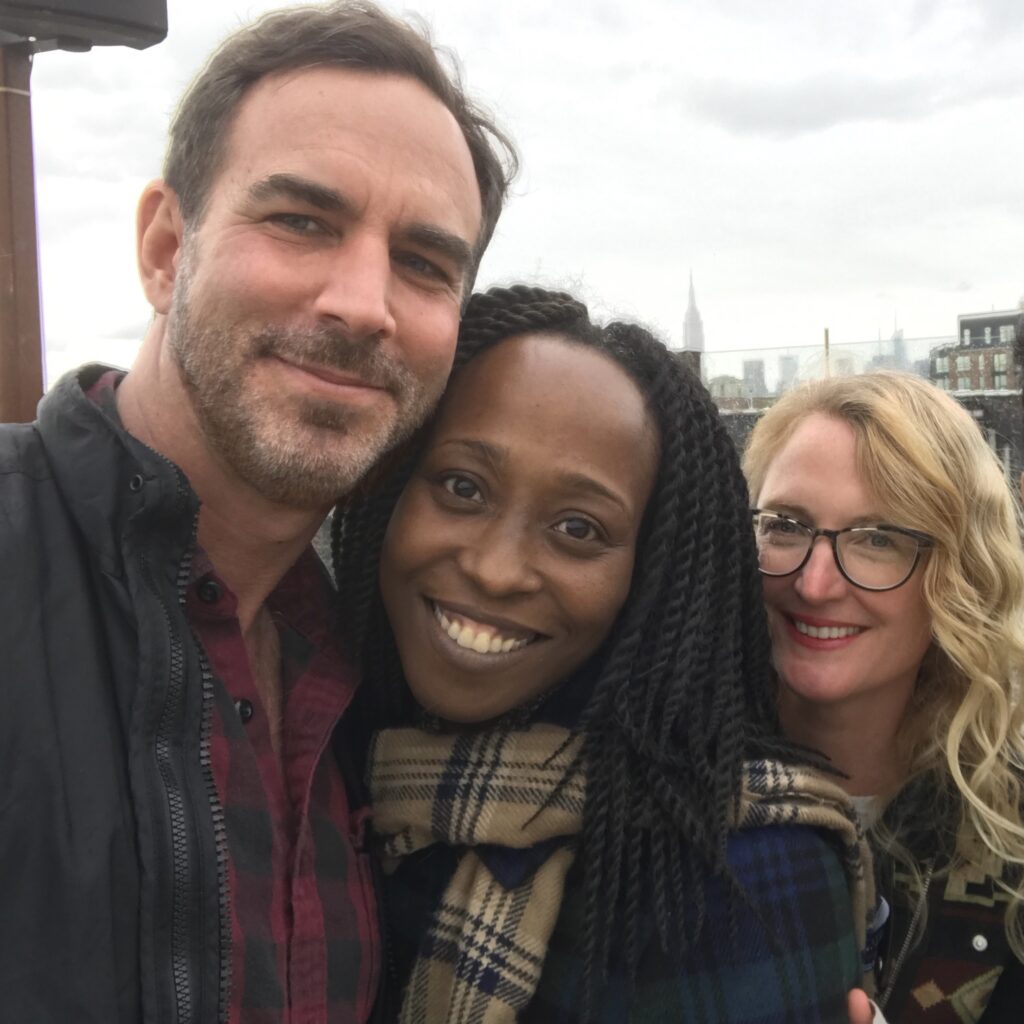
I’m as excited about this next global phase as I was about our launch of U=U in 2016. We’re in a fantastic place. Because of the power of science and people with HIV, we’ve established that U=U is fact, and we have a powerful network reaching 102 countries. Now we’re making sure everyone knows about U=U and has access to the treatment and care to experience it, too,
I’m as excited about this next global phase as I was about our launch of U=U in 2016. – Bruce Richman

JR: Finish this sentence for me: Bruce Richman is __________. U=U ________.
BR: Bruce Richman is incredibly grateful. U=U changes everything.
![[ IMSTILLJOSH ]](https://imstilljosh.com/wp-content/uploads/2020/09/9A79D7E4-5626-422E-ABC0-F601C8891E6A.png)






